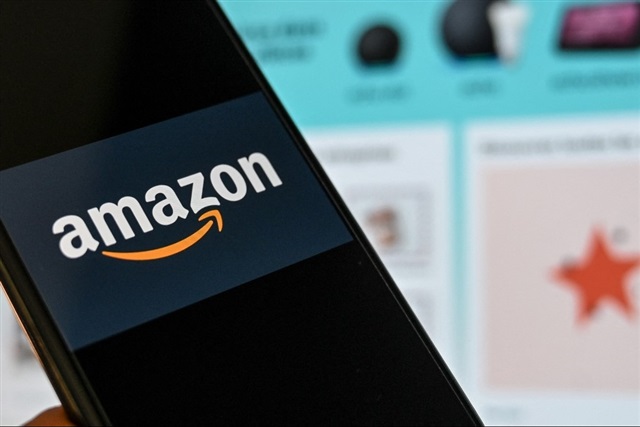Amazon reported robust financial results for its fiscal second quarter, with revenue reaching US$167.7 billion, marking a 12% increase compared to the same period last year. Operating income rose 31% to US$19.2 billion. The company cited strong performance in its retail and advertising segments, although Amazon Web Services (AWS) encountered supply chain challenges and margin pressures. These factors moderated investor response amid the ongoing expansion of artificial intelligence (AI) applications across the business.
Retail and advertising drive growth
Amazon's North America division reported revenues of US$100.1 billion, marking an 11% increase compared to the previous year. This growth was driven by a wider range of product offerings, including the reintroduction of brands such as Nike, along with expanded same-day and next-day delivery services that now cover more rural areas. Improvements in operational efficiency, such as optimized inventory placement and increased automation, contributed to faster delivery times, with Prime members experiencing a 30% rise in shipments delivered on the same or next day.
Advertising revenue grew 22% year-over-year to US$15.7 billion, benefiting from a diverse range of platforms, including Amazon's retail marketplace, Prime Video, Twitch, and connected TV. Strategic partnerships with Roku and Disney enhanced Amazon's advertising network by providing advertisers with greater access to premium content and wider audiences.
AWS: Growth and innovation despite constraints
AWS reported US$30.9 billion in revenue for the second quarter, a 17.5% year-over-year increase, pushing its annualized revenue run rate to over US$123 billion. Despite the strong topline growth, operating income came in at US$10.2 billion, falling short of analyst expectations and reflecting a decline in operating margins from 39.5% in the first quarter to 32.9% in the second quarter.
The drop in margins was attributed to seasonal stock-based compensation expenses and rising depreciation tied to Amazon's ongoing capital investments.
"We have a meaningfully larger business in the AWS segment than others," Amazon CEO Andy Jassy said during the company's earnings call. "I think the second player is about 65% of the size of AWS."
Jassy highlighted the ongoing strong demand for AWS, which continues to exceed the available infrastructure capacity. He identified limited power availability and chip supply as primary constraints but expressed confidence that these bottlenecks will diminish over time.
AWS remains a vital profit engine for Amazon. The US$10.2 billion in operating income from its cloud division represented more than half of Amazon's total second-quarter operating income of US$19.2 billion.
The company continues to invest heavily in AI infrastructure, including its custom Trainium2 chips and high-performance instances powered by Nvidia GPUs. AWS also announced plans to open a new data center region in Chile before 2027. Meanwhile, PepsiCo signed a multi-year deal to shift workloads to the Amazon cloud.
AWS accelerated AI services adoption
AWS has accelerated the adoption of AI services by launching several key innovations. These include DeepFleet, an AI-driven traffic management system designed to optimize the efficiency of robotic fleets; Bedrock AgentCore, a secure and scalable platform for deploying AI agents in production environments; and Kiro, an integrated development environment that supports natural-language-based coding and is rapidly gaining popularity among developers.
Notably, strategic client wins have been secured with companies such as PepsiCo, Airbnb, Peloton, as well as various governmental customers utilizing Project Kuiper, Amazon's satellite internet initiative, which is on track to enter commercial beta by late 2025 or early 2026.
Outlook and market position
Amazon has forecasted its third-quarter net sales to range between US$174 billion and US$179.5 billion, aligning closely with market consensus estimates. The company also provided operating income guidance of US$15.5 billion to US$20.5 billion, which falls slightly short of some analysts' predictions. Amazon continues to exercise caution due to ongoing tariff uncertainties and the competitive landscape in the cloud computing sector.
Despite AWS facing stiff competition from Microsoft Azure and Google Cloud, Amazon maintains a leading operational and security position. CEO Jassy underscored AWS's comprehensive AI stack capabilities and integration with enterprise cloud infrastructure as key differentiators, anticipating acceleration driven by AI workloads and enterprise cloud migration.
Amazon's second-quarter performance reinforced the company's retail and advertising recovery momentum, supported by investments in selection, delivery speed, and automation. While AWS growth continues, margin pressures and capacity constraints reflect the broader challenges in scaling cloud infrastructure amid intensifying AI-driven demand.
Article edited by Jack Wu




